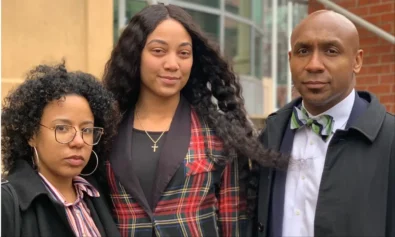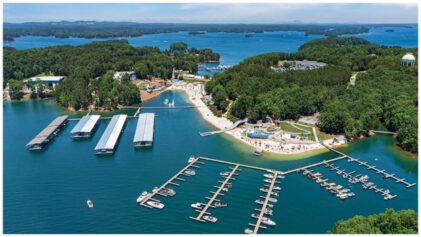“A city of aspiration embraces the fundamental principal that one of the historic roles of cities has been to nurture and grow a middle class.” — Joel Koplin, lecturer in 2007 for the Arthur M. Blank Family Foundation lecture series.
“The neighborhoods of Vine City and English Avenue have suffered too long, mistakes were made in the past, but we can fix this – we can do this.” — Atlanta Mayor Kasim Reed.
Let me start off by stating I am elated the Falcons will stay in Atlanta. I applaud Arthur Blank, the Mayor Kasim Reed, and the Atlanta City Council for working together to keep them here. Now it is imperative that the new stadium has a sustainable benefit on the neighborhoods that surround it – Vine City, English Avenue and Castleberry Hill.
Why is the Community Benefits Agreement (CBA) an important document? The answer is both simple and complex. Representing two ministerial leaders, Rev. W.L. Cottrell of Vine City and Rev. Anthony Motley of English Avenue, I submitted a proposal to enact a Community Benefits Agreement, rather than a plan, to the Atlanta City Council.
The CBA is a legal, binding document for all parties – the city, stadium and communities. A plan outlines “intent,” and these communities have shelves of plans. As a result of the petition, and aided by other voices, the Council approved an amendment to develop a CBA that is to be approved by council prior to the initiation of bond funding.
It is well documented that Atlanta’s history of building sports stadiums in impoverished neighborhoods has provided minimal positive economic impact for residents and businesses that reside in those communities. The Atlanta-Fulton County Stadium decimated the Summerhill, Mechanicsville and Pittsburgh neighborhoods. The resulting stadium turned vacant lands into parking lots that remain to this day.
The Olympic Stadium (Turner Field) was built. Its funding and presence have not realized measurable economic benefits for either residents or businesses in surrounding communities.
The Georgia Dome displaced a small neighborhood called “Lightning.” The commitment to Vine City (the neighborhood immediately impacted) to establish a $10 million trust fund did not bring about substantial change. The fund included $8 million committed from hotel-motel taxes and $2 million to be raised from the private sector that never materialized. The funds had a three-year cycle, which was not enough time to implement a redevelopment plan…
Read More: Hattie B. Dorsey, saportareport.com


